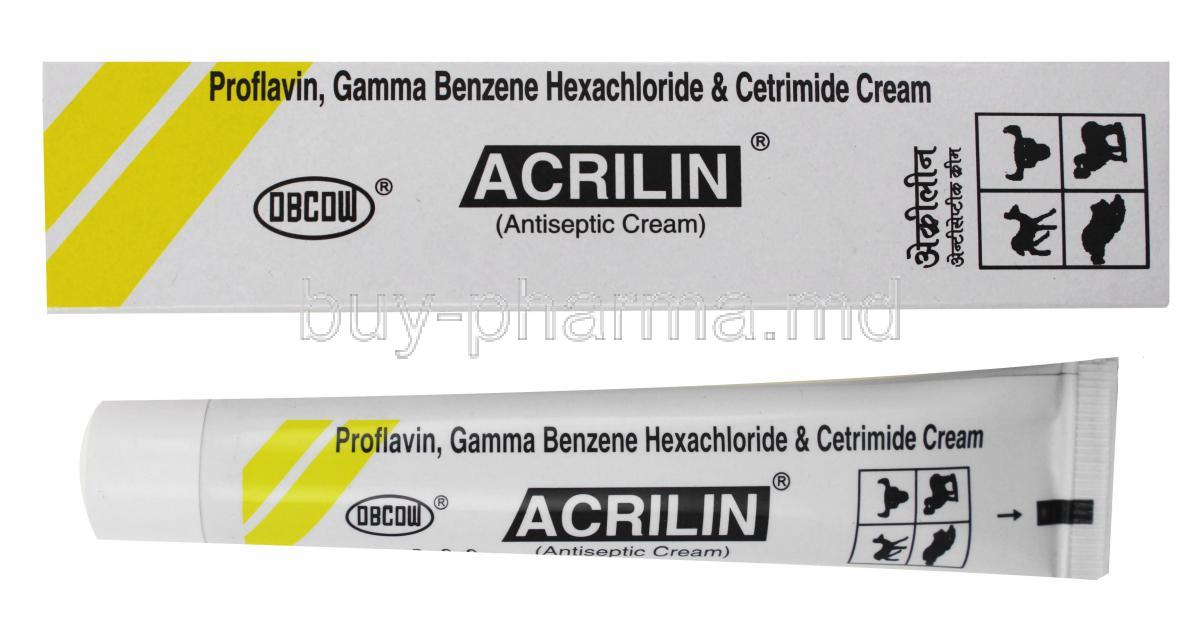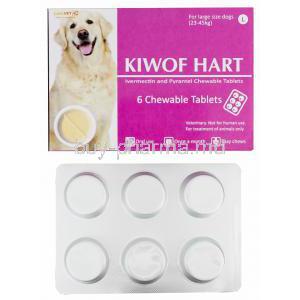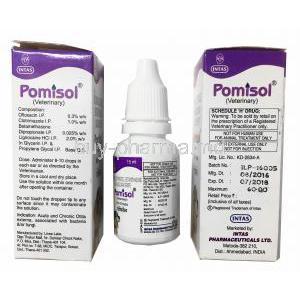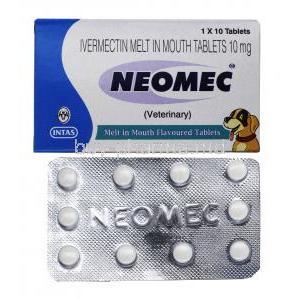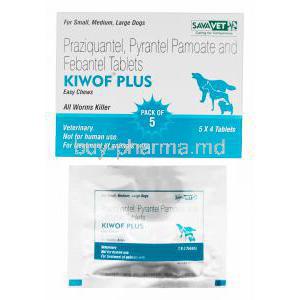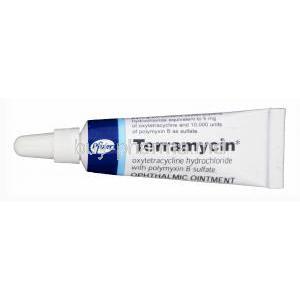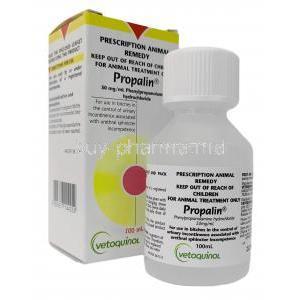Acrilin Cream
- Introduction to Acrilin Cream
- How Acrilin Cream Works
- Uses of Acrilin Cream
- Dosage and Administration Guidelines
- Composition of Acrilin Cream
- Common Side Effects of Acrilin Cream
- Serious Side Effects and Warning Signs
- Contraindications and Precautions
- Interactions with Other Medications
- Storage and Handling Precautions
- Administration Considerations for Special Populations
- Overdosage and Management
Introduction to Acrilin Cream
Acrylic Cream, a product created to be applied on the skin, plays an important role in dermatological treatment. Initially designed to treat skin conditions it has now evolved to have a wider range of medical applications. The development of Acrilin Cream can be traced back, to research and development efforts aimed at effectively addressing dermatological issues. Over the years its formulation has been improved to ensure effectiveness and safety.
How Acrilin Cream Works
-
Retinoids
-
Exfoliation
-
Anti-Inflammatory Effects
-
Hydration
-
Sun Protection
Uses of Acrilin Cream
- Reduces the appearance of pigmentation and dark spots: Acrilin cream is known for its ability to diminish pigmentation and dark spots on the skin1.
- Exfoliates the skin: Regular use of Acrilin cream can help exfoliate the skin, promoting a smoother and more radiant complexion1.
- Softens the skin and improves its texture: Acrilin cream contributes to skin softness and texture improvement, making it a valuable addition to skincare routines1.
- Helps improve the appearance of wrinkles: By enhancing skin health, Acrilin cream indirectly supports wrinkle reduction and overall skin rejuvenation1.
- Reduces the effects of acne scars: Acrilin cream may aid in minimizing the appearance of acne scars, providing a more even skin tone1.
Dosage and Administration Guidelines
-
Application Frequency: Apply Acrilin Cream once daily, preferably in the evening, to clean and dry skin.
-
Amount: Use a pea-sized amount (approximately 0.5 grams) for the entire face. Adjust the quantity based on the area you need to treat.
-
Avoid Sun Exposure: Acrilin Cream can increase skin sensitivity to sunlight. Always use sunscreen during the day to protect your skin from UV rays.
Composition of Acrilin Cream
Acrilin Cream is made up of a combination of ingredients and excipients that work together to create its therapeutic effects.

Common Side Effects of Acrilin Cream
- Although generally well tolerated, Acrilin Cream can sometimes cause side effects that require attention and proactive management. Here is an overview of the adverse reactions: Skin irritation, redness, or itching are commonly reported and usually improve with continued use or adjusted dosage. The frequency and severity of these side effects can vary among individuals with mild, to symptoms being more common.
- It's important to be aware of this variability. To help alleviate any discomfort caused by these side effects, you can try applying emollients or corticosteroids. In cases where the adverse effects persist, temporarily discontinuing the cream or reducing the dosage may be necessary.
- Remember to consult your healthcare provider if you experience any persistent or concerning side effects while using Acrilin Cream.
Serious Side Effects and Warning Signs
Although it is not common there are serious side effects that may require immediate medical attention. If you experience any reactions, such as it is essential to stop using Acrilin Cream immediately and consult with a healthcare professional. Additionally, if you notice signs of an allergic reaction, blistering, or an intense burning sensation, it is crucial to seek urgent evaluation in order to prevent complications and ensure your safety. Individuals with a history of hypersensitivity reactions or underlying skin conditions should be cautious when using Acrilin Cream as they may be at risk of experiencing severe adverse effects.
Contraindications and Precautions
It is important to consider contraindications and precautions when using Acrilin Cream to ensure its safe and effective use. Here are some conditions where Acrilin Cream should not be used. If you have a hypersensitivity to any component of the formulation or if you have [specific contraindicated condition], it is best to avoid using Acrilin Cream. For individuals with health concerns, extra caution is necessary. This is especially true for patients with compromised skin integrity or pre-existing medical conditions such as [ health concern]. Close monitoring for effects is recommended in these cases. Certain special populations require monitoring as well. This includes patients, pregnant women, and nursing mothers. It's important to assess the risks versus benefits in these cases and consider dosage adjustments or alternative therapies when appropriate.
Interactions with Other Medications
- It is crucial to be careful about drug interactions when prescribing Acrilin Cream. There are consequences and adverse effects that may occur if Acrilin Cream is used together with some medications.
- This could require adjusting dosages or closely monitoring for any signs of toxicity. To reduce the risks of interactions, patients should inform their healthcare providers about all the medications, supplements, or topical products they are using.
- Healthcare professionals should also stay vigilant in evaluating interactions and consider strategies, like adjusting dosing schedules or exploring alternative therapies to minimize any potential harm from drug interactions.
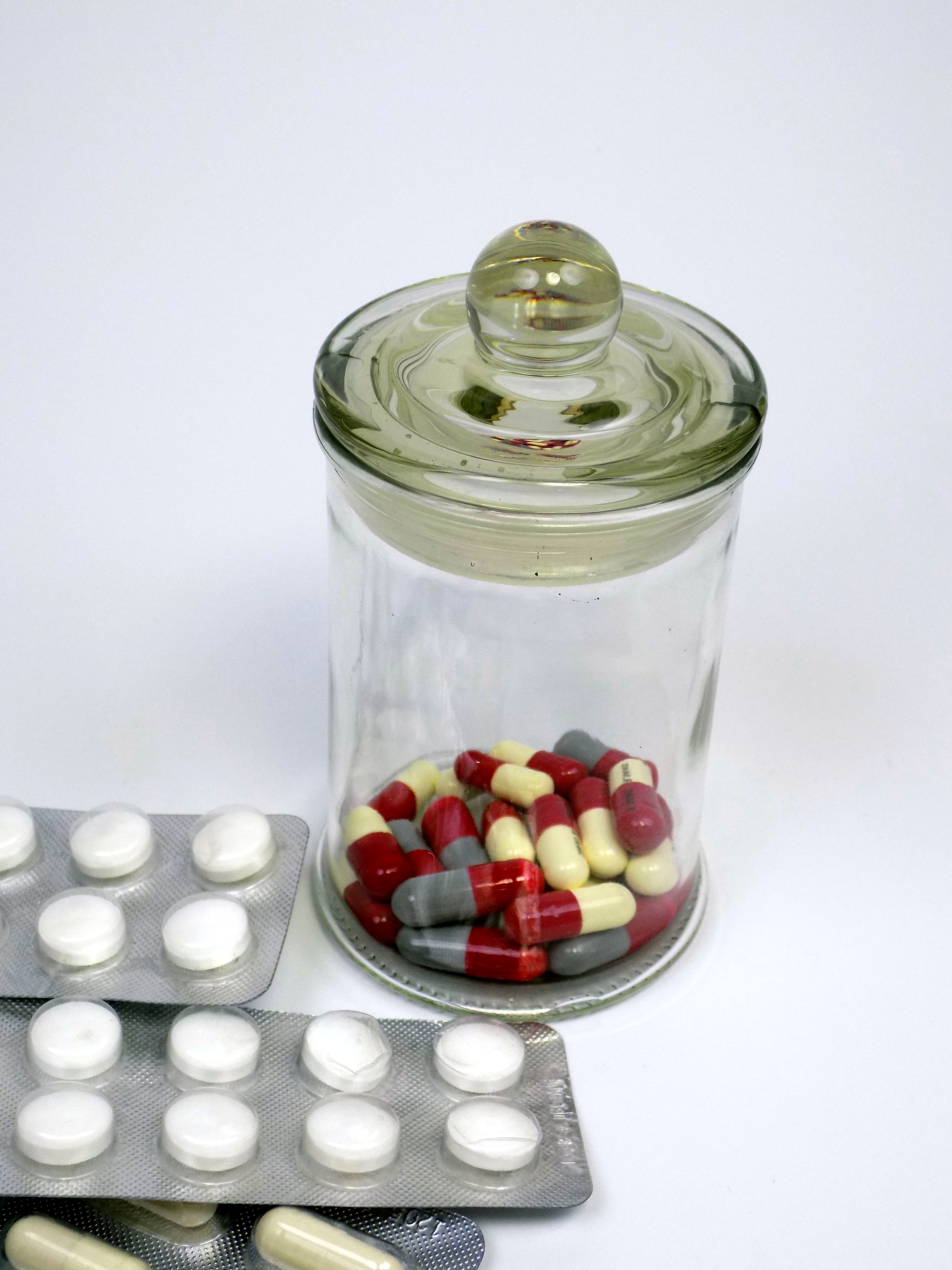
Storage and Handling Precautions
It is important to store and handle Acrilin Cream properly to ensure that its effectiveness and quality are maintained. Here are some guidelines to follow;
1. Storage conditions; Keep Acrilin Cream at a temperature range away from direct sunlight and moisture. This will prevent the ingredients from degrading.
2. Temperature and humidity considerations: It's crucial to avoid exposing the cream to temperatures or high humidity levels as it can compromise its stability. This may result in reduced effectiveness or potential safety issues.
3. Packaging and container instructions; Always store Acrilin Cream in its container with the lid tightly closed. This will minimize air and light exposure preserving its properties.
4. Handling precautions; To maintain the integrity of the product use applicators when applying the cream and avoid transferring it to other containers. This helps keep it free from contamination ensuring purity and potency. By following these storage and handling practices you can ensure that Acrilin Cream remains effective, for your needs.
Administration Considerations for Special Populations
When giving Acrilin Cream to groups of people like the elderly, pregnant women, nursing mothers, and children, it's important to take into account various factors to ensure that it is used safely and effectively.

Acrilin Cream usage in elderly patients
When prescribing Acrilin Cream to patients, healthcare providers should take into account the changes in their bodies that can affect how the medication is absorbed and processed. It's important to consider that aging can impact the integrity of their skin and its ability to act as a barrier, potentially affecting how well the cream is absorbed. Additionally, when treating patients with this cream, closely monitoring for any potential adverse reactions is crucial. Elderly individuals may be more prone to experiencing side effects due to changes in how their body processes and eliminates drugs. To ensure safety, healthcare providers should cautiously adjust the dosage of Acrilin Cream based on patient factors, like kidney or liver function. This will help minimize any risk of toxicity or adverse effects.
Safety considerations for pregnant women and nursing mothers
- During pregnancy and breastfeeding it is important to be cautious when using medications in order to minimize any risks to the baby. Healthcare providers should carefully evaluate the use of Acrilin Cream in women and nursing mothers by considering the benefits of treatment against any possible risks to the developing fetus or breastfeeding infant.
- Whenever possible, they should also explore alternative treatment options or nonpharmacological interventions to reduce exposure for the baby.
- Patients should be educated about the risks associated with using topical medications during pregnancy and breastfeeding, and they should consult a healthcare professional before using any such products.
Pediatric administration guidelines
When prescribing Acrilin Cream for children, healthcare providers need to follow dosage recommendations and safety precautions based on the child's age.
- It is important to consider the childs age, weight and developmental stage to determine the dosage and how often the cream should be applied.
- Additionally, extra care should be taken with infants and young children to prevent ingestion of the cream, which could cause systemic toxicity.
- It's also crucial to monitor for any signs of skin irritation or sensitization in patients as they may have a thinner skin barrier and are more prone to adverse reactions.
Overdosage and Management
While Acrilin Cream is usually well tolerated when used as instructed, there may be cases where an accidental overdose could occur. It is crucial to identify any signs of overdose and implement the necessary management techniques to prevent any complications and prioritize patient safety.
Signs and symptoms of overdose
Using Acrilin Cream can result in different signs and symptoms that may indicate either the cream being absorbed into the body or causing local harm. It's essential for healthcare professionals to be watchful for irritation or a burning feeling on the skin where the cream was applied. Experiencing systemic symptoms like feeling vomiting or dizzy. Signs of an allergic reaction include developing a rash, itching, or experiencing swelling.
Emergency protocols for overdose situations
In case of a suspected overdose of Acrilin Cream, it is crucial to take action to minimize any negative effects. Healthcare professionals should follow emergency protocols that may involve the following steps:
1. Remove any remaining cream from the skin. Thoroughly wash the affected area with soap and water to prevent further absorption.
2. Get in touch with poison control or emergency medical services for guidance on how to proceed with management.
3. Provide supportive care measures, such as administering fluids, antihistamines, or corticosteroids as necessary to alleviate symptoms. Prompt intervention is essential. It can help mitigate any potential harm caused by an overdose of Acrilin Cream.
Treatment modalities and supportive care measures
When someone overdoses on Acrilin Cream, the main goal is to provide relief from symptoms and offer care to address the specific signs of toxicity. The treatment methods may involve administering activated charcoal to minimize the absorption of the components especially if it was ingested. Additionally, applying emollients or topical corticosteroids can help alleviate skin irritation and inflammation. It's crucial to keep an eye on vital signs and conduct regular assessments to identify any deterioration in symptoms or potential complications.

